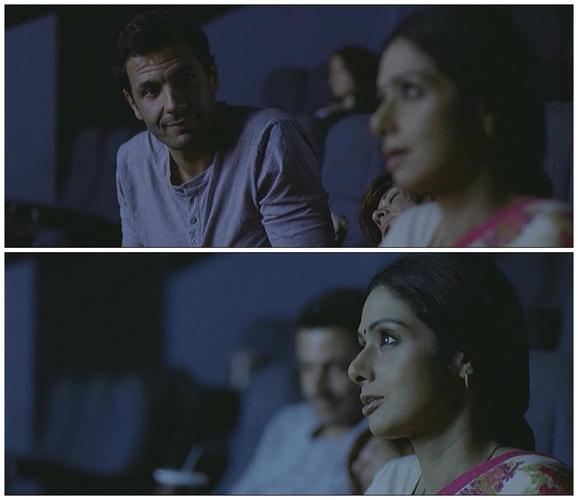《拍电影的英文》电影在线观看-全集喜剧片-免费电影网

Filmmaking is a complex and captivating art form that combines various elements to tell powerful stories through visual media. From the initial concept to the final edit, each stage of the process requires creativity, collaboration, and technical expertise. This article delves into the multifaceted world of filmmaking, exploring its stages, techniques, and the impact it has on society.
## The Pre-Production PhaseThe journey of creating a film begins with pre-production, a critical phase that lays the groundwork for the entire project. During this stage, filmmakers develop a script, create storyboards, and assemble a team. The script serves as the blueprint, detailing the storyline, dialogue, and character arcs. Storyboards help visualize scenes and plan camera angles, while casting directors select actors who can bring the characters to life.
Budget planning is also a crucial aspect of pre-production. Filmmakers must allocate resources for locations, props, costumes, and crew salaries. This stage often requires securing funding through investors, grants, or crowdfunding campaigns. With a solid plan in place, the team is ready to move on to the production phase.
## The Production PhaseProduction is where the magic happens. This is the stage in which the film is actually shot, and it can range from a few weeks to several months, depending on the project's scale. The director plays a pivotal role during production, guiding the actors and crew to ensure that the vision outlined in the pre-production phase comes to fruition.
Each day of filming is meticulously planned, with schedules that outline what scenes will be shot and when. The cinematographer, or director of photography, is responsible for capturing the visual elements of the film, including lighting and camera angles. Sound technicians also play a vital role in recording dialogue and ambient sounds, ensuring that the film's audio aligns with its visual storytelling.
## The Post-Production PhaseAfter the filming wraps, the project enters post-production, where the editing process begins. Editors cut and arrange the footage to create a cohesive narrative, adding visual effects, sound design, and music to enhance the storytelling. This stage is crucial for establishing the film's tone and pacing.
Sound design involves creating a soundscape that complements the visuals, including background music, sound effects, and voiceovers. Music composers often collaborate with filmmakers to create original scores that elevate emotional moments and enhance the audience's experience. Color grading is another important step in post-production, where the visual aesthetic is refined to achieve the desired mood.
## The Role of Technology in FilmmakingOver the years, technology has revolutionized filmmaking. The advent of digital cameras has made it more accessible for filmmakers to create high-quality content without the need for expensive film stock. Editing software, such as Adobe Premiere Pro and Final Cut Pro, enables editors to manipulate footage with precision and creativity.
Moreover, advancements in special effects and animation have opened new avenues for storytelling. Films that were once limited to practical effects can now incorporate stunning visual effects through computer-generated imagery (CGI). This technology has led to the creation of fantastical worlds and characters that captivate audiences and push the boundaries of imagination.
## The Cultural Impact of FilmsFilms hold immense power in shaping culture and society. They have the ability to provoke thought, inspire change, and reflect societal values. Documentaries, in particular, serve as a medium for shedding light on pressing issues, educating audiences, and sparking discussions about topics such as climate change, social justice, and human rights.
Additionally, films can help foster empathy by allowing viewers to step into the shoes of different characters and experience their journeys. This emotional connection often leads to a greater understanding of diverse perspectives and cultures, ultimately contributing to a more inclusive society.
## The Future of FilmmakingAs we look to the future, the landscape of filmmaking continues to evolve. Streaming platforms have revolutionized how films are distributed and consumed, providing filmmakers with new opportunities to reach audiences worldwide. Independent filmmakers can now share their work without the constraints of traditional distribution models, leading to a diverse array of voices and stories.
Virtual reality (VR) and augmented reality (AR) are also emerging as new frontiers in filmmaking, allowing audiences to engage with stories in immersive ways. These technologies create interactive experiences that blur the lines between viewer and participant, offering a fresh perspective on storytelling.
## ConclusionFilmmaking is an intricate blend of artistry, technology, and collaboration. From pre-production planning to post-production editing, each step is essential in creating a film that resonates with audiences. The cultural impact of films cannot be overstated, as they have the power to inspire, educate, and foster empathy. As technology continues to evolve, the future of filmmaking promises to be exciting and full of potential, paving the way for new stories and voices to emerge in the cinematic landscape.
